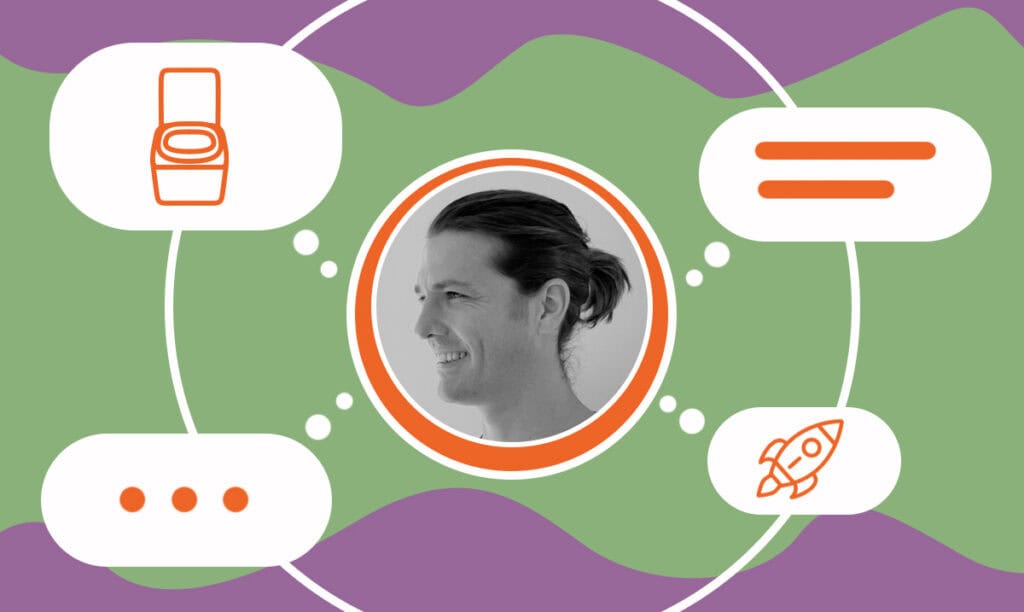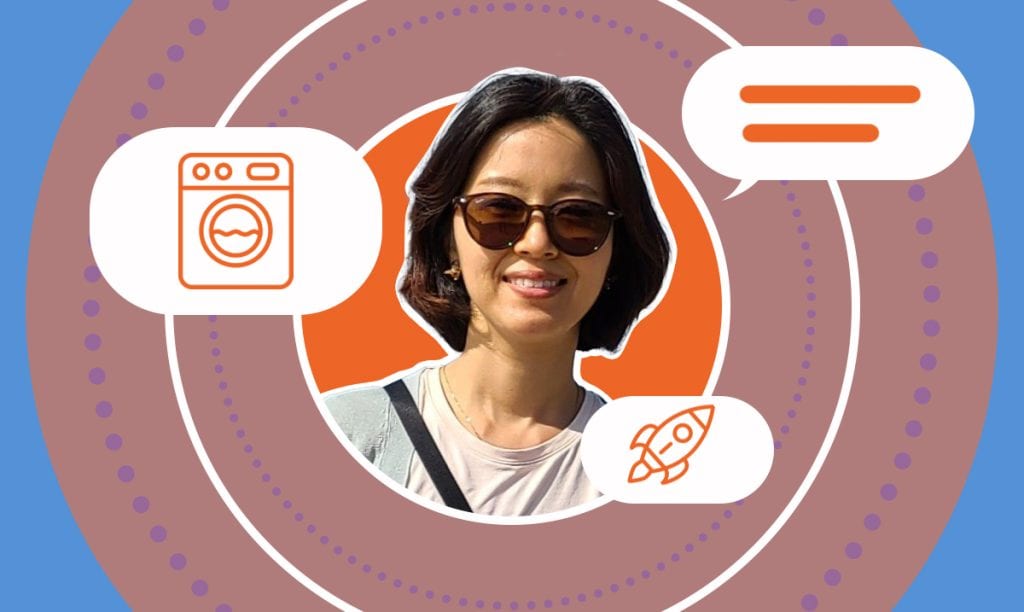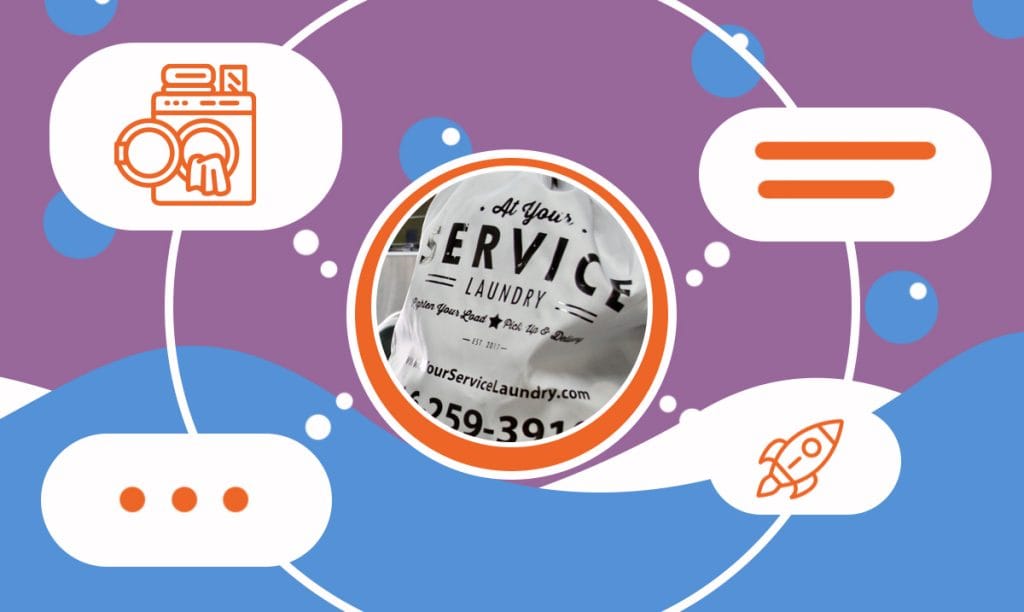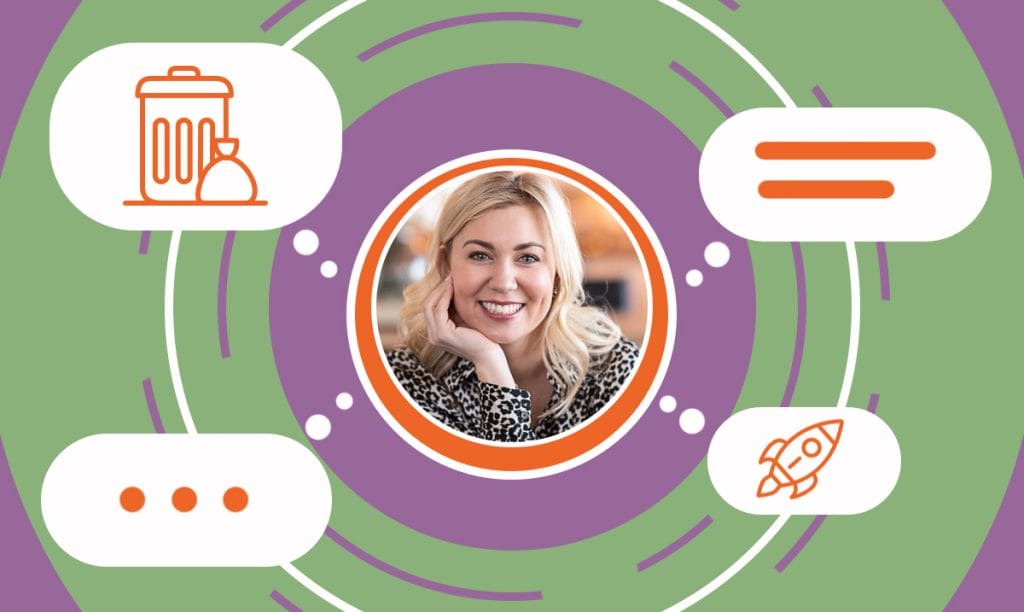In early 2024, Moon Kim and her husband took the leap into entrepreneurship, founding Leaf Laundry, a business that breathes fresh air into thetradi ...
How CompoCloset Designs Composting Toilets for Life on the Move
Written by: Carolyn Young
Carolyn Young is a business writer who focuses on entrepreneurial concepts and the business formation. She has over 25 years of experience in business roles, and has authored several entrepreneurship textbooks.
Published on May 21, 2024

Richard Peter, the CEO and mastermind behind CompoCloset, shares insights into the inception, challenges, and triumphs of creating eco-friendly and compostable toilets for RVs. From navigating regulations to harnessing customer feedback, Peter unveils the intricacies of balancing sustainability, quality, and customer satisfaction in the dynamic world of mobile sanitation. Join us as we delve into the journey of CompoCloset and its commitment to upgrading travel with eco-conscious solutions.
Inception and Inspiration
SBS – What inspired the creation of CompoCloset?
Richard – My career path has been quite an interesting one. I studied machine learning, got into finance, and eventually ended up in what should be my dream job in algorithmic trading. After about five years, I realised that wasn’t for me and decided to take some time out. At that point, COVID had happened, and I decided I would still take some time out, whatever happens. Travelling around the world was off the cards because the borders were closed, and there was no travel. But I thought that, when everything opened up, I could travel around in a converted van where I put in a composting toilet at the request of my girlfriend. While travelling around, I saw it was a great idea, but I was sure they could be better. It started an itch that I just had to scratch, and then I got the sanitation bug (the good kind, not the dysentery kind) and realised that 2.6 billion people don’t have a safe toilet. I discovered these things could be a great way to bridge that gap, starting with campervans, and away we went.
Overcoming Challenges
SBS – What challenges did you have in the beginning, and how did you overcome them?
Richard – I’m a big believer in the lean approach. Before we got a drawing or image of our product, we ran Facebook ads to see if other people wanted a composting toilet for their campervan. We ran those ads without a picture to see how much interest there was. We just said, “We’re changing the way you use your toilet. Give us your email address, and we’ll follow along.” Weirdly, people were interested. We did a crowdfunding campaign to launch our product and test the demand. People might be interested in giving you their email addresses, but will they give you their money? I think crowdfunding is both completely the right and wrong way to do things.
Let’s start with why it’s the right way. First of all, it’s because you only make the product if people want it. If you can’t get people to back your project, don’t do it. The reason why it’s the wrong way is that after the campaign succeeded, we had people’s money, and we had to do it. Going from the prototype to a product when you’re doing something for the first time (as many Kickstarters and Indiegogo campaigns are) is a lot harder than I thought. Even though it’s not the right way, I’d still do it that way again if given the chance because there are so many things to test about the product. Testing the crowd first is a great way to ensure you don’t waste your time.
Evolution of Marketing
SBS – How much has your marketing strategy changed from the beginning, and what do you use now to attract more customers?
Richard – Good question. When we first started, it was pre-iOS 11, and that Apple update meant there was no tracking anywhere on the internet. That happened right in the middle of our campaign’s pre-launch.
For us, Facebook ads have always been there. That’s a perfect way to reach the right people. Also, we always believed in content. Right from the outset, I learned about composting toilets, and the first thing we did was write articles and blogs about them and put them on our website.
The other approach is working with content creators and influencers on social media. That’s been helpful, and we’ve met some fantastic people along the way. We’ve been very fortunate in that they also approached us and said they were interested in our product even before it was ready — a clear indication of the excitement and potential our product holds.
Crafting Products with Health and Environment in Mind
SBS – Can you describe how the development process aligned with health and environmental regulations?
Richard – Early on, I learned that the regulations around composting toilets are very unclear, and every state in America is different. We opted for RVs because we checked the regulations around campervans and RVs, and we learned that there weren’t any. A bucket is a valid sanitation solution for an RV or a boat, provided you don’t empty a bucket onshore, within the coast.
When we first started, we had two products we wanted to do — a small one that was portable for campervans and a larger residential one that would be for off-grid cabins. We decided to initially focus on the RV model because of the regulatory uncertainty around residential use. A very early realisation was that it was quite hard to go off-grid.
Then, we wondered how to go about making this thing. We knew that the primary market for being off-grid would be North America or Australia. Primarily, we thought of North America because of its sheer size. In Europe, you really can’t get off-grid. We’ve colonised the entire continent. You’re always in somebody’s back garden, whereas in Australia and America, you have these beautiful, wide-open areas of wilderness where you can still escape. That’s where composting toilets come into play.
In addition, the US is a regulated country, so we know that our manufacturer will be subject to environmental standards. That was why we chose America as the place where we do the bulk of our manufacturing.
SBS – Did you regret that decision?
Richard – No, we got really lucky. There were so many stars that just aligned. Even though it was COVID, the supply chain issues hadn’t hit when we chose our manufacturer in America, and we ordered moulds because we make pretty large parts. Everybody else producing in China was also trying to reshore to America, and we were at the front of the queue, so we got fortunate yet again.
Customer-Centric Innovation
SBS – How much has the role of customer feedback affected and shaped the product?
Richard – We’re grateful to our customers. Early in our Indiegogo campaign, I designed the toilet for my van around what I thought would work well and be good to manufacture. But even before I’d assembled that prototype, someone suggested adding something else because they needed to be able to move it, as they needed that space. It was such a big request that we redesigned the product immediately to accommodate it. We had lots of other requests as well, like powering it or securing it, and we tried to fit those in.
Our products have hinges that articulate forward, so you save even the space at the back. That is super handy because it really saves every last inch of space. We would have had a much poorer product if it hadn’t been for customer feedback early on. I want to hug and punch that person because it was so hard to do and caused me so many sleepless nights. Now, it’s one of my favourite things because it saves every inch.
Manufacturing and Distribution
SBS – Can you tell us about the logistics of manufacturing and distribution of your products?
Richard – It’s tricky. There’s the supply chain side and the distribution side. The supply chain involves getting parts to our manufacturer to assemble them. The distribution side is another animal, and we’ve only cracked distribution recently.
Before we launched, we were approached by distributors in Germany and Australia so we could distribute the product at a low cost. As a direct-to-consumer brand, we always wanted to keep costs down by distributing ourselves in North America. We were shipping straight from the factory to keep costs down. Our distributors box the product in the factory, stick a label on it, and send it straight to a customer, which is great.
However, we found out that sending the product from the US doesn’t work for Canada because the consumers have to pay customs brokerage and tax on top, which is a terrible experience for them. So, we put a warehouse in Canada, and we’ve got logistics in the UK.
One of the first people we hired was to handle the logistics and the supply chain because buying all those parts, tracking inventories, and shipping stuff around the world was a lot of work.
Cost, Quality, and Eco-Friendliness
SBS – How do you balance cost and quality while also making sure that your product is eco-friendly in terms of design and materials?
Richard – We spent quite a disproportionate amount of time trying to make our products environmentally friendly. We tried early on not to have any plastic packaging. We make products from plastic because we believe that’s the best material for our products, and we wanted to have a very recyclable and widely recycled material. We have tried to avoid using any glue because that inhibits recycling.
We tried to get rid of any single-use package. Initially, we had none, but then we had customer feedback and we replied that the only thing that would solve that was a little bit of plastic. Then, we had breakages and were told we needed foam, but we decided to go without it. Now, we’re finally putting some foam in our products. Even though we didn’t have a big research department, we explored compostable foams and materials and mushroom corners that were completely compostable.
We spend a lot of time trying to be environmentally friendly, and it’s hard. We know it’s not perfect, but we can only fight the battles we’ve got in front of us. Also, we’re not a packaging supplier. There are great people working on that, and we are always looking for better packaging.
Business Wisdom
SBS – What key lessons did you learn while running a business that demands online and physical presence?
Richard – If I figure out how to do it, I’ll let you know. I am learning every day. Initially, I realised it’s very hard (impossible, really) to make a physical product from a camper van while travelling. You need an address to have things sent to and reliably get them when they can take a week or two weeks or be delayed. That was a very, very important lesson.
SBS – Do you still travel a lot?
Richard – I try to travel as little as possible, which is not good, but I enjoy what I do, so it’s not really a bad thing for me. But every time I travel, I try to ensure I don’t have to do any product development work. We started on the physical side of the business. Erica (Erica Pugh, the co-founder), in particular, has been attending many real-life events to promote the product and meet customers, the community, and people who travel all the time and see what their needs are. The questions they ask are the most important because I need to know what people need so I can answer properly.
SBS – Are you attending seminars, fairs, and similar events?
Richard – Yeah.
CompoCloset’s Success
SBS – Do you have a success story of how your product helped someone on the road?
Richard – I don’t remember an example where it helped them, but one of our earliest customers had wrapped our product in a blue film to disguise it and put a cushion on top. They moved it in and out of their van. People would ask them, “Where’s your toilet?” They would answer, “You’re sitting on it.” That was cool.
Subscribe to Our Newsletter
and gain insider access to cutting-edge business insights and trends.
Featured Resources

How Moon Kim Built a Modern Coinless Laundry Business
Published on January 8, 2025
Read Now

How Mark Mraule Built Sacramento’s Premier Laundry Service
Published on October 11, 2024
In this interview, we sit down with Mark Mraule, the owner and operator of Greater Sacramento’s leading wash-and-fold laundry delivery service and ...
Read Now

How The Junkluggers of Greater Seattle Is Transforming Junk Removal
Published on August 19, 2024
In this interview, we have the pleasure of speaking with Chase and Maria Costello, the husband-and-wife duo behind The Junkluggers of GreaterSeattle ...
Read Now
Comments